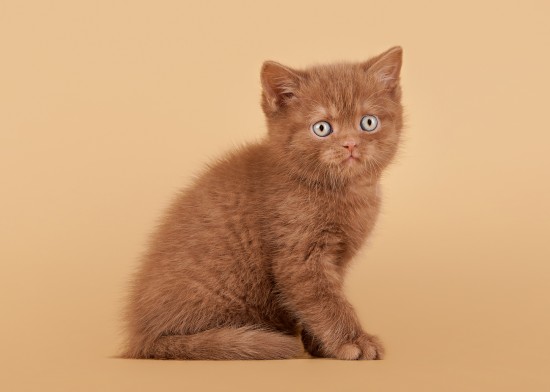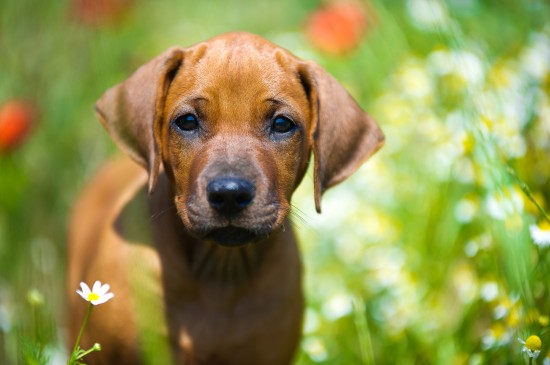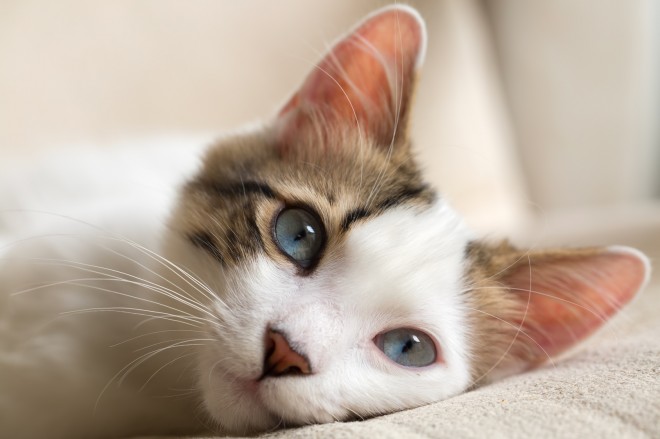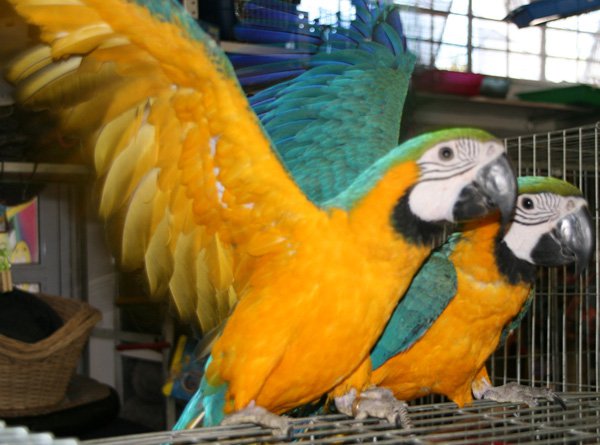

This is part of an ongoing series on cat genetics. If you have not yet read part one and part two, it is strongly recommended that you do so before progressing. It is important that you understand how DNA, genes and inheritance work before continuing. Part 3 deals with the genetic code for colour genes, phrased in scientific language. This is a version of the same, but designed for easier reading.
This is where the genetics of breeding becomes quite difficult. A kitten will generally inherit colour from both parents. However, some colour traits such as the red gene, are sex-linked, meaning that they appear on the leg of the chromosome which is not present in males. Colour genes interact with each other in quite a complex way. In this article, I will give an easy to understand, and more importantly remember, explanation of how colour works and how it is passed on from parent to offspring. Please understand that this explanation is not designed to be scientifically precisely accurate. The principles are sound, but if you want hard scientific fact, please refer to part three of this series.
It is important to distinguish the difference between phenotype and genotype before progressing further. A cat’s genotype looks purely at the genes that cat possesses. It is not interested in how the cat appears to the human eye, only in its DNA make-up. Phenotype looks only at the actual appearance of the cat, with little relevance given to the genes. For obvious reasons, the two are normally linked. However, with colouring, the genotype and phenotype sometimes differ depending on different gene interaction and expression.
Although cats exist in a plethora of colour, all of these are variations on a theme, or, to be more exact, 2 themes. Every cat coat colour is derived in some way from either black or red. By decoding the genetics, any coat colour can be traced back to one of these two colours. Black and red are dominant, meaning that only one copy of the gene is needed for this coat colour to be shown. Because each is a separate base colour, no cat can exhibit black and red together, and it is important to note this, as the same holds true for any variations on the black or red colouring. A black parent therefore can only pass black, or variations of black, to its offspring. It can’t pass red. The same is true of red. Therefore, a solid black mum cannot produce a red kitten, and a solid red mum cannot produce a black kitten.
They do indeed show black and red in the coat at the same time. However, tortoiseshell cats are the exception to the rule. When a tortie cat is growing in the womb, it undergoes a process where the colour gene on one chromosome is turned off. This means that some black genes are turned off in certain parts of the body, while being left on in other parts. The same is true of red, which is why torties have patches of different colour.
As mentioned previously, black and red have variations. This allows different coat colours to be expressed. This change happens due to a gene for dilution. This dilute gene is recessive, meaning that a kitten must get a copy of it from each parent. If they have only one copy, they will not show the change in colour. This means that the dilute can lie dormant and unsuspected for generations before being allowed to express in the phenotype when a mating promotes the trait.
However, if two copies of the gene are present, the coat changes. The dilute gene changes black to blue, and red to cream. It also allows for bluecreams, also known as blue torties or dilute torties. Because the dilute gene changes the base colours, it is not possible to have a phenotype which shows black and blue, red and cream, black and cream or blue and red. If dilute is there, it will change all fur.
Chocolate and cinnamon add a further complication. For the sake of brevity, the article will focus on chocolate, but the same rules should be considered to hold true for cinnamon.
The chocolate gene is a separate consideration which only affects the black series in a coat. It is recessive, and so requires two copies to express phenotypically. It can also be carried for generations without any chocolate kittens being born. The longest example known to the author is a line which carried chocolate for 11 generations before it was expressed. The gene was not selected for. In fact, the breeders did not even know their lines carried it. This illustrates the idea that recessives are difficult to account for without vigorous testing.
If two copies of the chocolate gene are present, the black in a cat’s coat will change to a chocolate colour. If dilute is present, chocolate then changes to lilac. This gives rise to not only two further coat colours (four if cinnamon is considered), but it allows for different coloured torties. Chocolate, lilac, cinnamon and fawn torties are all accepted coat colours.
The chocolate gene cannot change red coats, regardless of whether there are one or two copies. Therefore, a cat can be a red chocolate, but phenotypically, it remains solid red.
White is the trump card in genetics. White literally masks any possibility of colour in a cat, by preventing the hairs from absorbing pigment which gives them their colour. White is dominant, so it only needs the presence of one copy to express. If you are working with whites, it is important to know what coat colour the white is masking. Only genetic testing can reveal this. Because a white still has a genotype for a coat colour, they can throw fully coloured kittens. However, a coloured cat cannot create a white kitten.
The white gene also has a variation which allows for only spots of white to be visible on a cat. This accounts for the mittens in Ragdolls and Snowshoes, and the tuxedo or bi-colour pattern of other cats.
Girls inherit an X chromosome from each parent. Therefore, they inherit colour from each parent. Boys only get this from mum. So, if mum is black, then boys must all be black. If she is red, all boys will be red. However, every girl will be a tortoiseshell, as she will receive black from mum and red from dad, or vice versa.
Any colours can mate together, but there are a few rules to remember to help predict the outcome.
Black and red are the base colours and are dominant.
Dilute will change the coat colour from either black or red, but only if a copy is gained from each parent.
Black, red, chocolate and cinnamon cats can all produce dilute babies if they carry the gene, but dilute coloured parents can never produce black, red, chocolate or cinnamon if mated together.
Dominant and dilute babies can be produced if a dominant and dilute cat are mated, if the dominant carries dilute.
Chocolate and cinnamon need two copies to express, so chocolate and cinnamon babies are possible from parents who carry the gene as well as those who express it.
Mums decide what base colour boy kittens will be, but girls inherit colour from both mum and dad.
White is the trump card, and needs only one copy to white out a cat’s coat.
Remember these rules, and predicting the colours of potential matings should be a piece of cake.
1) Cat Genetics Part One - What is a Gene?
2) Cat Genetics Part Two - Inheritance
3) Cat Genetics Part Three - Coat Colour
4) Cat Genetics Part Four - Coat Colour - The Easy Version
5) Cat Genetics Part Five - Coat patterns and matings
 Decoding Your Dog’s Calming Signals
Decoding Your Dog
Decoding Your Dog’s Calming Signals
Decoding Your Dog
 Puppy Care - The Ten Top Rules To Teach Your Puppy
Puppy Care - The
Puppy Care - The Ten Top Rules To Teach Your Puppy
Puppy Care - The
 Eight More Interesting Cat Facts That You Probably Don’t Know
Eight More Intere
Eight More Interesting Cat Facts That You Probably Don’t Know
Eight More Intere
 All You Need To Know About Cocker Spaniel
All You Need To Know About Cocker Spaniel
Cock
All You Need To Know About Cocker Spaniel
All You Need To Know About Cocker Spaniel
Cock
 Positive Steps To Safeguarding Your Dog From Being Stolen
Positive Steps To
Positive Steps To Safeguarding Your Dog From Being Stolen
Positive Steps To
Copyright © 2005-2016 Pet Information All Rights Reserved
Contact us: www162date@outlook.com